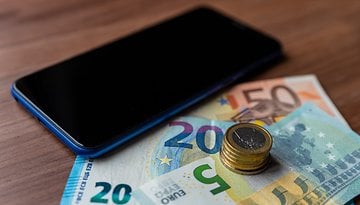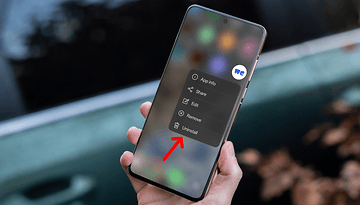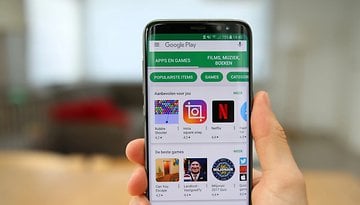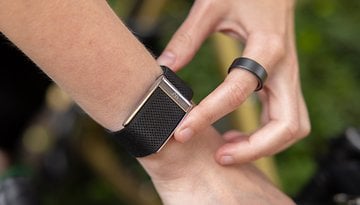Instagram's algorithm favours nudity, claims investigation


"State of undress" or "level of nudity", this criterion is an integral part of the engagement score calculated by the Instagram algorithm which decides the fate of your photo. According to French publication Mediapart, Instagram favors certain nude content creating a de facto blackmail - or an implicit premium - to nudity.
In a survey released Monday, June 15, Mediapart addresses an alleged bias in Instagram's algorithm that favors photos containing a certain degree of nudity over other, less emphasized content. The site uses an algorithm based on a patent filed by two engineers from Facebook (which has owned Instagram since 2012) in 2015 entitled "Feature-extraction-based image scoring".
Thus, this image index based on feature extraction allows Instagram's algorithm to calculate the engagement score of a post based on its potential to generate interest among users and to be shared by them.
Nudity, a criterion of engagement
In the body of the text of this patent, it is detailed that the Notation API can extract certain "features" from multimedia content posted on Instagram such as objects, products, and faces. But it can also estimate a person's gender or ethnicity as well as the "state of undress" or "level of nudity."
"The API can assess the level of nudity of people in an image by detecting specific color bands, identified as skin tones," says the document analyzed by Mediapart. The site asked Instagram about social network use of these levels of nudity, but the firm refused to answer these questions, simply explaining to Mediapart that it: "organizes posts in newsfeeds according to accounts tracked and appreciated, not according to arbitrary criteria such as the presence of a swimsuit."
One could also play devil's advocate and consider that Instagram is using this nudity metadata in a post to detect and remove pornographic content, revenge-porn, or simply overly explicit posts as it may have done, very awkwardly, in the past. But then why find the mention of "level of nudity" in the criteria listed to calculate the index of the commitment of a post?
Implied naked blackmail to gain traction on Instagram?
Faced with Instagram's blockage, Mediapart tried to push its reasoning by operating a "reverse engineering" of the algorithm on a smaller scale. With the financial support of the European Data Journalism Network and Algorithm Watch, statistician Kira Schacht and developer Édouard Richard, Mediapart analyzed 1,737 publications containing 2,400 images posted on Instagram between February and May 2020, and calculated their exposure rate.
Mediapart asked 26 volunteers to install an extension on their browser and follow a selection of 37 people (including 14 men) from 12 different countries. Of the 2,400 photos analyzed between February and May, 362, or 21%, represented naked bodies. However, these photos represented 30% of the total mass of the photos shown.
I invite you to consult the article of Mediapart to visualize this trend thanks to their computer graphics that I have not reproduced here. The details of the results of their study are freely available here. But in concrete terms, this means that although "naked" content was in the minority in the sample submitted to the volunteer panel, Instagram's algorithm put it more prominently on the users' timeline.
Mediapart's investigation is not without gaps. The testimonials of influencers quoted at the beginning of the article are anonymized and do not constitute any tangible proof at all. The study conducted by Mediapart that I just mentioned is also, by the site's own admission, imperfect because it should have been conducted on a larger scale.
However, Mediapart's results show that a photo of a woman in her underwear or swimsuit is shown 1.6 times more than a photo of her dressed. For a man, the rate is 1.3. If we can't talk about blackmail, we can at least question the very paradoxical position that platforms like Instagram, but also YouTube and Twitch, have on nudity.
It's both a danger for advertisers to buy advertising space in the face of this so-called sensitive content, but also an essential element of audience engagement and therefore of the revenues of the platform and its "partner" influencers.
Source: Mediapart (paywall)



















